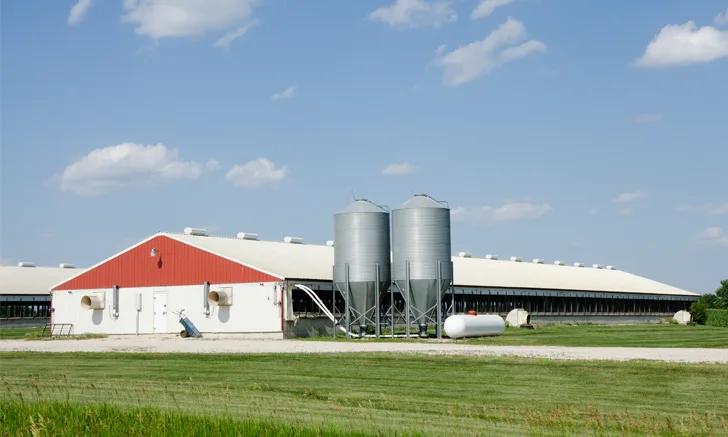Moral Obligations Regarding Animal Suffering & Cruelty
Jim Reynolds, DVM, MPVM, DACAW, Western University of Health Sciences

In the Literature
Whiting TL, Keane MA. Animal protection and mass depopulation. Can Vet J. 2022:63(8):859-862.
The Research …
This report explored the dilemma associated with enforcing animal protection laws and discretionary application in cases of animal suffering, as well as what constitutes cruelty. An animal abuse case study illustrating enforcement of the Canadian Animal Care Act was used to demonstrate clinician responsibilities in applying animal protection statutes.
The case study involved the escape of a steer in rural Manitoba, Canada, from a barren paddock that contained no supplemental food. The owner deliberately struck the animal with his vehicle when returning the steer to the paddock, causing a spiral tibial fracture. On presentation, the leg was nonweight-bearing. The owner was unconcerned by the injury, stating slaughter was planned for the following day. The attending animal protection officer seized and humanely killed the animal under the Canadian Animal Care Act. The owner was prosecuted under the criminal code, pled guilty, and was fined with a probationary period precluding animal ownership.
Authors of this study applied ethical concepts from the case study to use of ventilation shutdown and steam heat (VSD+) for swine depopulation during the coronavirus disease (COVID-19) pandemic to illustrate moral obligations during mass killing of healthy animals. The authors proposed that the time from when pigs appear to become uncomfortable due to high temperatures until heat stress triggers grand mal seizure and death by multiorgan failure is incompatible with normal agricultural practices and definitions of humane death, concluding that death by VSD+ is inhumane and can be considered animal cruelty.
… The Takeaways
Key pearls to put into practice:
Animal protection has broad public support and is regarded as a societal norm.
Humans entrusted with the care of animals, including clinicians, have obligations regarding humane care.
Clinicians attending patients suffering from pain or other severe welfare problems are obligated to medically correct the suffering or provide euthanasia (ie, humane ending of life) in a timely manner.
VSD+ results in severe, prolonged suffering before grand mal seizure and unconsciousness in sentient animals. This method is incompatible with definitions of humane death and can be considered animal cruelty.
You are reading 2-Minute Takeaways, a research summary resource presented by Clinician’s Brief. Clinician’s Brief does not conduct primary research.